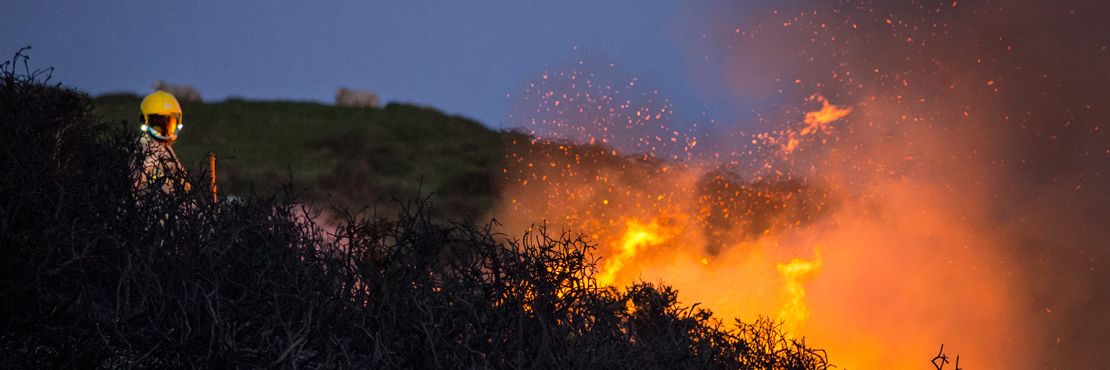Earlier this month, when the blazing heat wave hit Australia and left the country in one of the worst fire danger conditions in years, the emergency service smartphone app Alert SA crashed and was unable to provide the much needed warning for residents. The SA government has announced that it will ditch the app (source).This is not the first time, nor is it the single incident for an app to fail in an emergency situation. As we are battling through the increase in severe weather conditions due to climate change, or emergency situations like the Flinder Street incident in late 2017, it is important for businesses, government bodies and organisations, whether big or small, to develop an emergency communication plan.
Who needs an emergency communication plan?
Would your services suffer in the event of a lawsuit, accident for which you could be held responsible, natural disaster, or even something as mundane as a power outage? If under any of these circumstances, you might need to inform staff or customers of an interruption to your services, having a recovery and communications plan is essential.
The rise of social media channels
Social media channels like Facebook and Twitter are becoming an important source of information during disasters and other emergency events. A key feature of social media is the ability to reach a large number of people instantly. When used appropriately, it can be a great help in mobilising volunteers and assisting in the search for survivors as seen in different emergency situations worldwide (source).Yet for social media to be effective, there are a few barriers. First and foremost it requires people to “follow” the page or account in order for them to be able to receive the relevant information. Any business or organisation considering this channel would therefore need to embrace it wholeheartedly, and be dedicated to establishing a wide network of followers beforehand, which a lot of organisations lack the time to do.
The use of bulk SMS
Both apps and social media channels require internet-enabled smartphones, and this connectivity may not always be available. SMS, on the other hand, does not require any internet connection. It is straightforward and works on any model of handset. One useful feature of bulk SMS is the SMS to voice function, meaning that text messages can be converted as voice messages and be sent to landlines and mobile numbers if needed, to ensure the whole database would be informed. If you are considering SMS as your emergency communication channel, there are two important questions to consider when choosing your supplier. Firstly how would your messages be delivered? As the reliability and timeliness of the delivery of your text messages is crucial in such communication, avoiding grey routing needs to be at the top of your supplier selection criteria. Another consideration is how easy it is to integrate with your existing system? Choosing an SMS system that is easy to integrate with will avoid the need to re-train staff, and hopefully prevent instances of false alarms such as seen in Hawaii recently.
Go multichannel & communicate your plan
Whether it is via app, social media or SMS, the best practice is to use multichannel to ensure your messages are received by as broad an audience as possible. It’s also important to communicate your plan to your staff and customers so that they know how they can expect to hear from you, and educate them to check on different sources when in doubt. Of course, the best case scenario is that you never need to enact your plan, but a pragmatic approach is prepare for the worst, and to hope for the best. If we can help, please get in touch.

